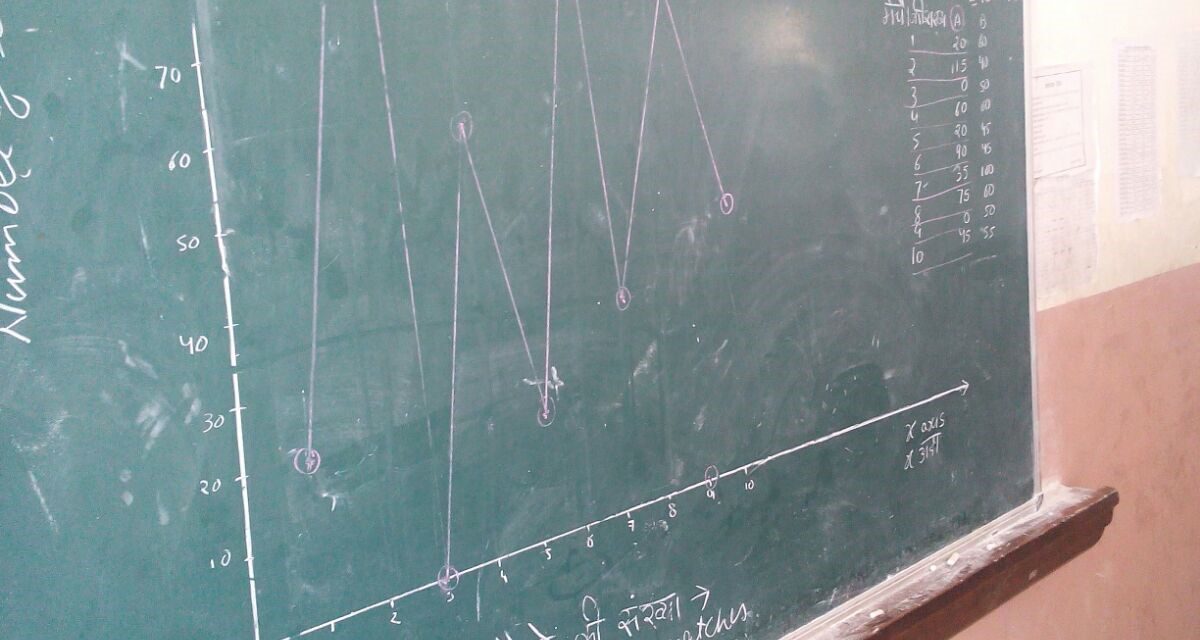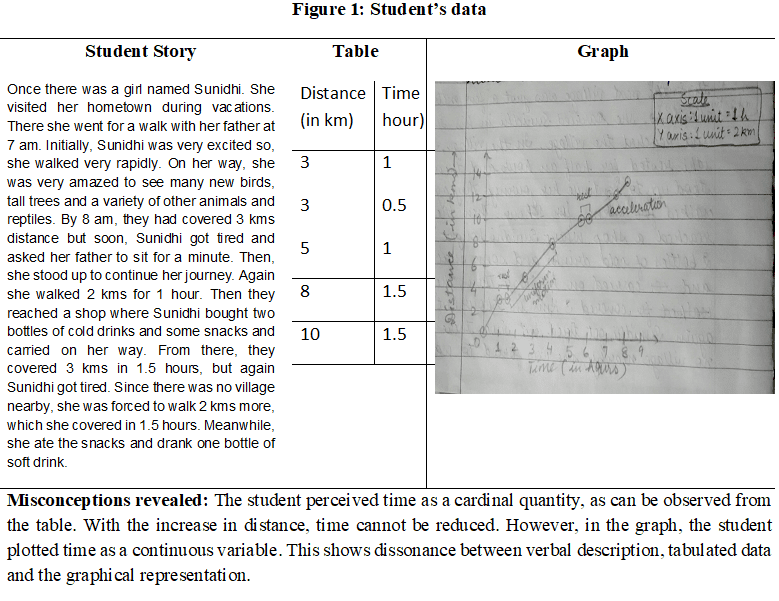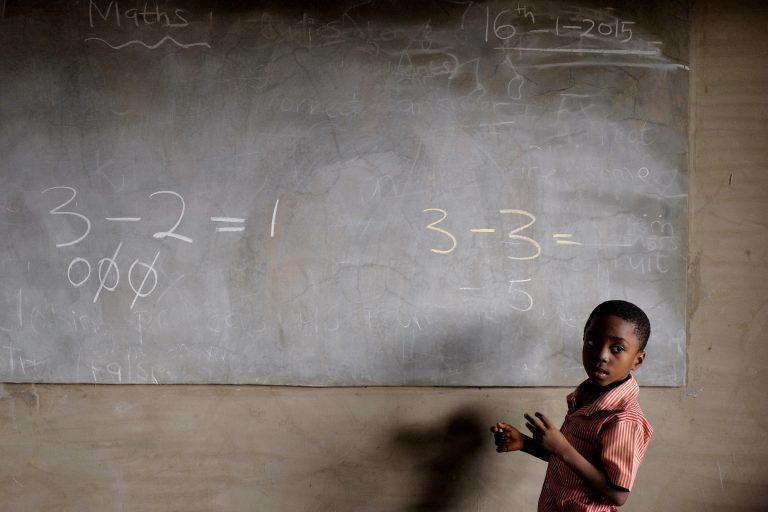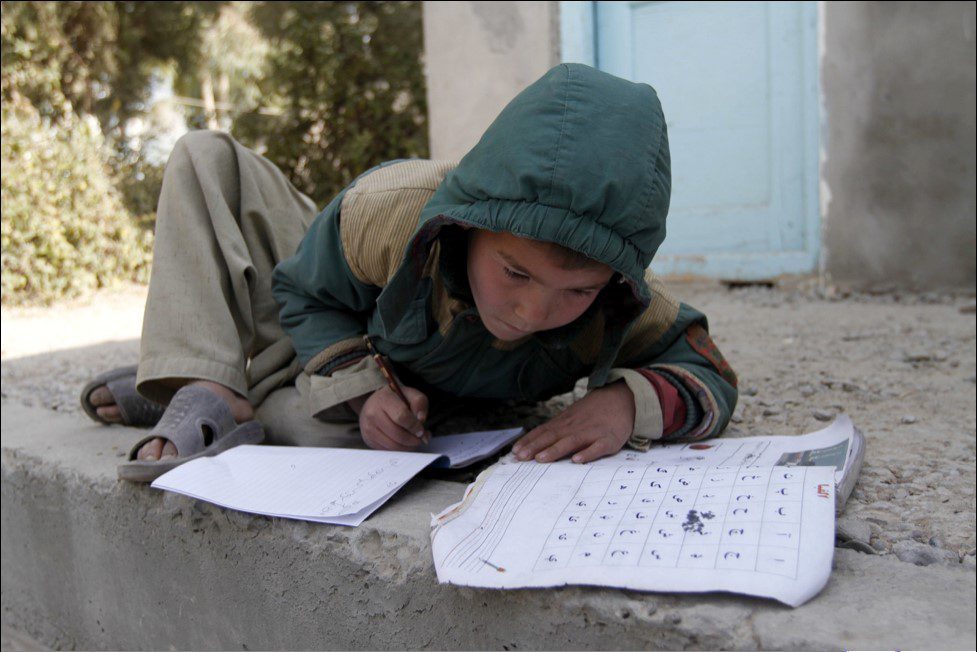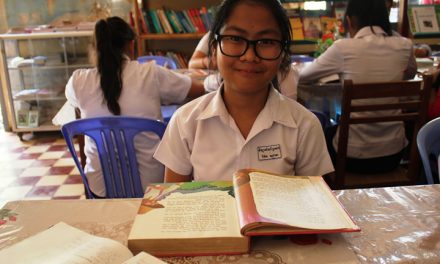This blog was written by Dr. Garima Bansal, Assistant Professor, Lady Irwin College, University of Delhi
“Students cannot learn in school everything they will need to know in adult life. What they must acquire is the prerequisite for successful learning in future life” (OECD, 1999). In the present day world where opportunities to learn, both in formal and informal settings, have grown exponentially, it seems essential to design learning assessments that develop skills and abilities required to undertake activities throughout life. Apart from curricular goals, the pressing need is to design assessments that pay attention to less tangible skills, such as, problem-solving, critical thinking, creativity etc.
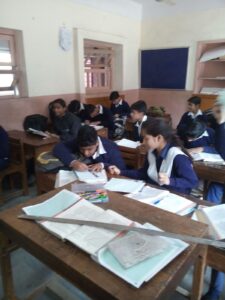 This blog highlights findings from an action research project undertaken with STEM learners in a secondary school located in a cosmopolitan city in India. The skills developed through the formative assessment task are: problem-solving, creativity, thinking critically, comprehending, communicating and working with data (available in different forms), ability to make inferences and predictions. Following graph construction as a part of curricular goals, the author engaged learners in story writing tasks in order to contextualise graph instruction. Stories had to include motion, as represented by mathematical data. It had to be tabulated and represented by the means of distance-time graphs. Construction of graphs — choice of scale, origin, index, plotting of coordinates – and analysis of patterns with graphs was emphasised as procedural knowledge. Students’ work needed to establish correspondence between verbal descriptions, data sets and their graphical representations.
This blog highlights findings from an action research project undertaken with STEM learners in a secondary school located in a cosmopolitan city in India. The skills developed through the formative assessment task are: problem-solving, creativity, thinking critically, comprehending, communicating and working with data (available in different forms), ability to make inferences and predictions. Following graph construction as a part of curricular goals, the author engaged learners in story writing tasks in order to contextualise graph instruction. Stories had to include motion, as represented by mathematical data. It had to be tabulated and represented by the means of distance-time graphs. Construction of graphs — choice of scale, origin, index, plotting of coordinates – and analysis of patterns with graphs was emphasised as procedural knowledge. Students’ work needed to establish correspondence between verbal descriptions, data sets and their graphical representations.
Through this problem-based assessment, students’ misconceptions emerged regarding the conceptual understanding of uniform and non-uniform motion; and the procedural understanding of drawing graphs and tabulating data presented in verbal descriptions. For example, a student’s work showing dissonance between the verbal description provided in a story, tabulated data and its’ graphical representation is presented in Figure 1. Feedback was provided through whole-class discussion, peer and self-assessment, to enhance learners’ metacognitive skills. It is argued that assessment should establish linkages of school life with the real world, by promoting divergent ways of thinking, which is essential for the sustainable development of the whole child.

